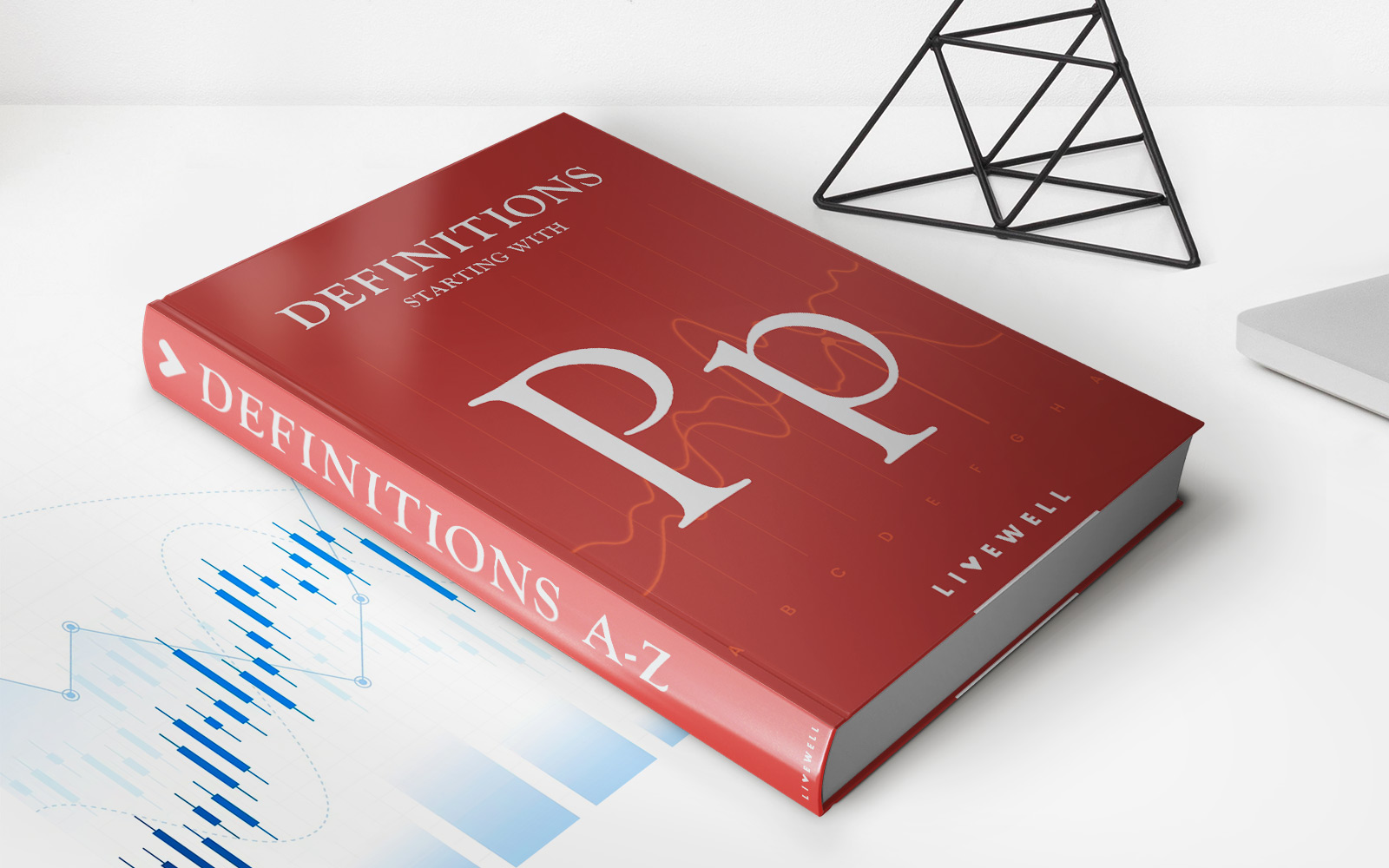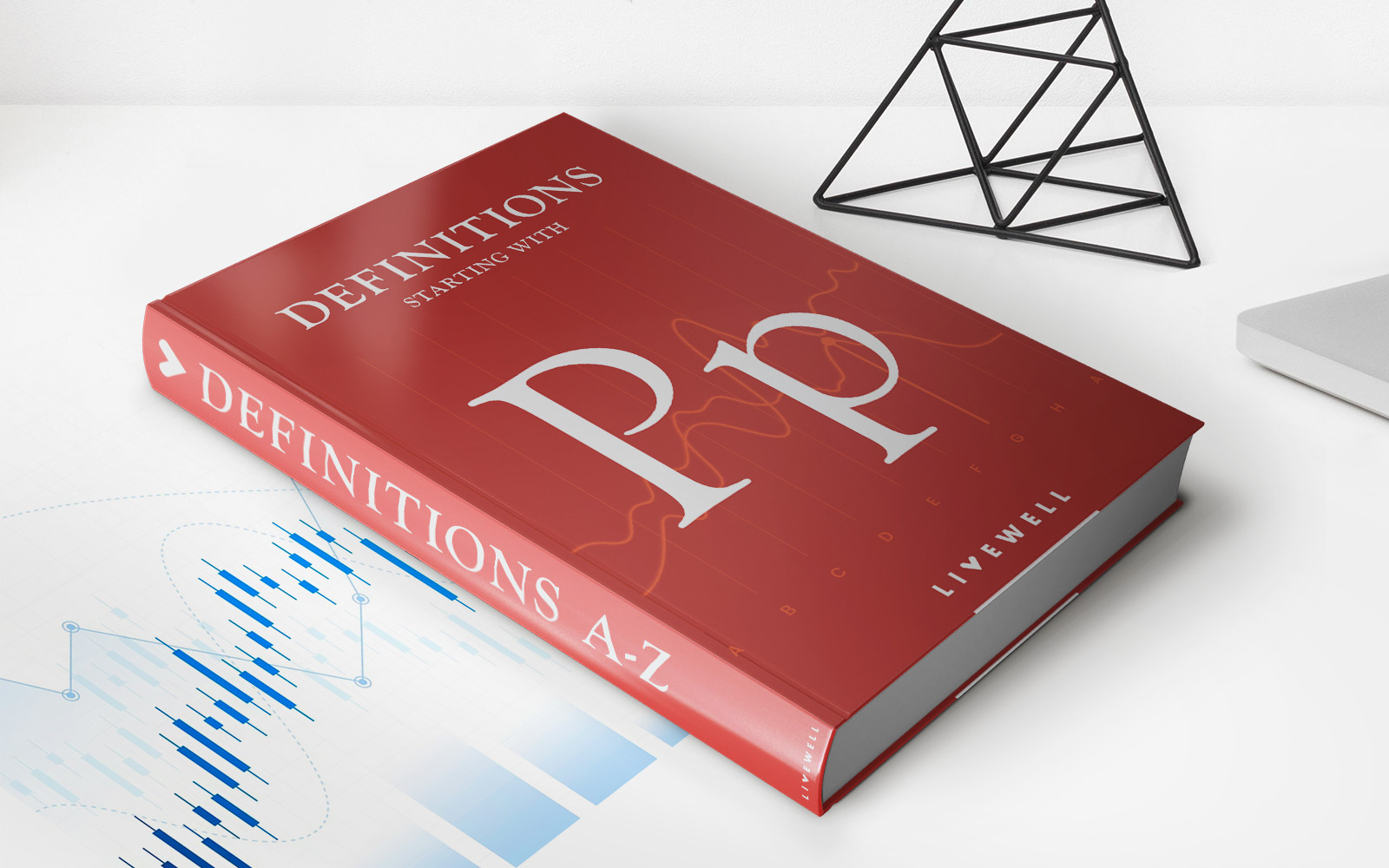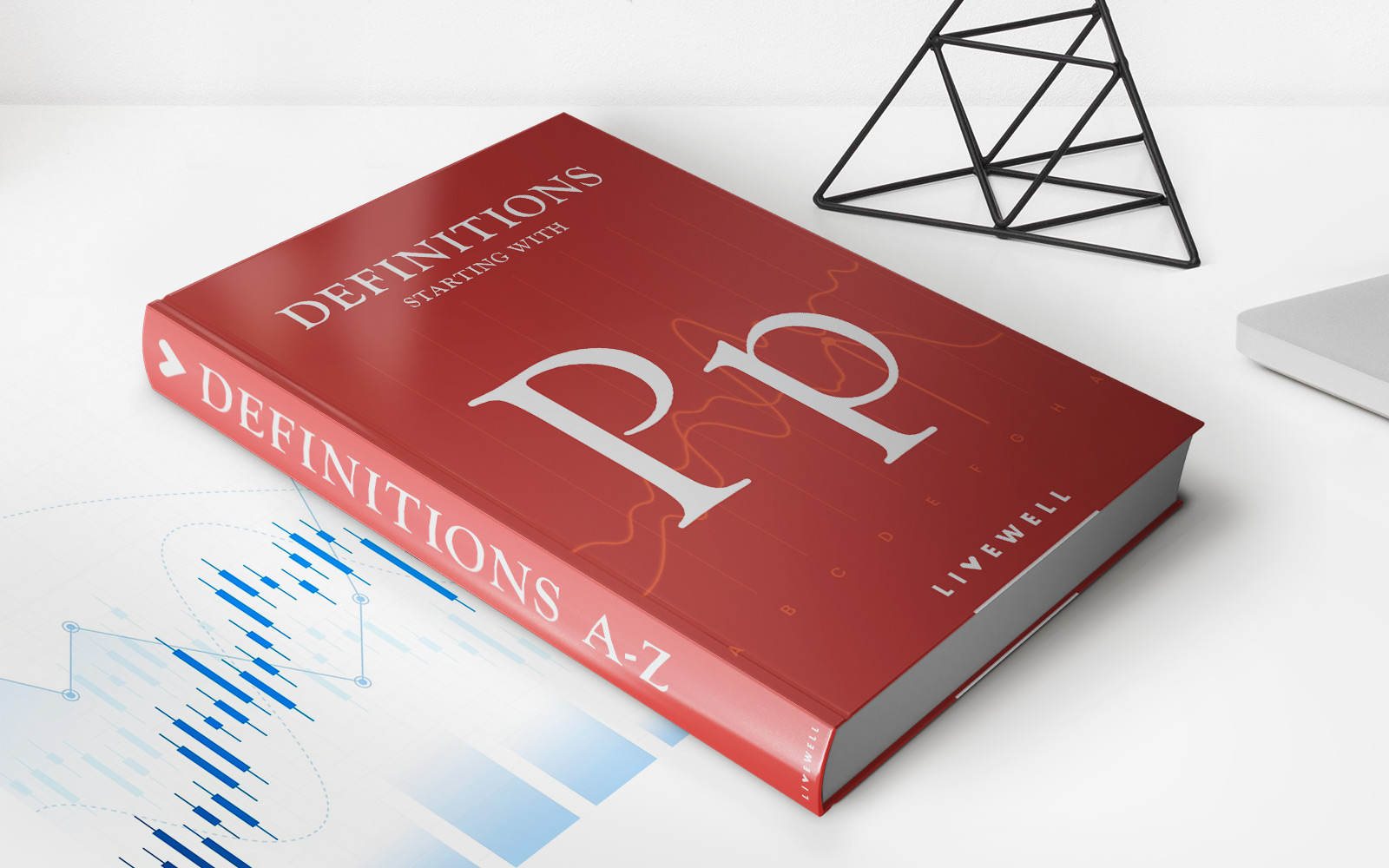Home>Finance>Growth And Income Fund: Definition, Investment Mix, Examples


Finance
Growth And Income Fund: Definition, Investment Mix, Examples
Published: December 3, 2023
Discover the definition, investment mix, and real-life examples of Growth and Income Funds in the finance industry. Diversify your portfolio for long-term financial growth and stability.
(Many of the links in this article redirect to a specific reviewed product. Your purchase of these products through affiliate links helps to generate commission for LiveWell, at no extra cost. Learn more)
The Growth and Income Fund: Definition, Investment Mix, Examples
When it comes to investing, there are numerous options available in the world of finance. From stocks to bonds, real estate to commodities, each investment vehicle has its own unique characteristics and potential returns. One popular choice among investors is the Growth and Income Fund. In this blog post, we’ll delve into the definition of a Growth and Income Fund, explore its investment mix, and provide some examples to help you better understand this investment option.
Key Takeaways:
- Growth and Income Funds aim to provide investors with a blend of capital appreciation and income.
- These funds typically invest in a combination of dividend-paying stocks and fixed-income securities.
What is a Growth and Income Fund?
A Growth and Income Fund is a type of mutual fund that seeks to provide investors with a balanced approach to investing. The primary goal of this fund is to generate capital appreciation over the long term while also delivering a steady stream of income in the form of dividends or interest payments. By combining growth-focused investments and income-generating securities, the fund aims to offer the potential for both growth and income to its investors.
Investment Mix of a Growth and Income Fund
Typically, a Growth and Income Fund will have a diversified investment mix to achieve its investment objectives. The fund manager will allocate the fund’s assets across a mix of dividend-paying stocks and fixed-income securities such as bonds or preferred shares. This blend allows investors to benefit from the potential growth of equity investments while also receiving income from the fixed-income portion of the fund.
The specific allocation between stocks and fixed-income securities may vary from fund to fund based on the investment strategy. Some funds may have a higher equity allocation, aiming for greater growth potential, while others may have a higher fixed-income allocation, prioritizing income stability. It’s important to review the fund’s investment mix and determine if it aligns with your investment goals and risk tolerance.
Examples of Growth and Income Funds
There are numerous Growth and Income Funds available in the market, managed by different financial institutions. Here are two examples to give you an idea of the diversity within this category:
- ABC Growth and Income Fund: This fund primarily invests in a variety of large-cap dividend-paying stocks, along with a smaller allocation to investment-grade corporate bonds. The fund aims to provide a balance between growth potential and income generation by selecting companies with a history of both capital appreciation and dividend payments.
- XYZ Balanced Income Fund: Unlike some other Growth and Income Funds, this fund has a larger allocation to fixed-income securities. It invests in government bonds, high-quality corporate bonds, and dividend-paying stocks that have a relatively higher yield. The focus here is on generating income, while still providing some potential for capital appreciation.
It’s important to research and evaluate Growth and Income Funds based on your individual investment objectives, risk tolerance, and investment horizon. Consulting with a financial advisor can help you identify the fund that best aligns with your goals.
In Conclusion
Growth and Income Funds are a popular choice for investors looking for a balanced approach to investing. These funds aim to provide both capital appreciation and income by diversifying their portfolios across dividend-paying stocks and fixed-income securities. When considering investing in a Growth and Income Fund, evaluate the fund’s investment mix, historical performance, and expenses. Remember, each fund carries its own risks and rewards, so it’s essential to align your investment strategy with your financial goals.














